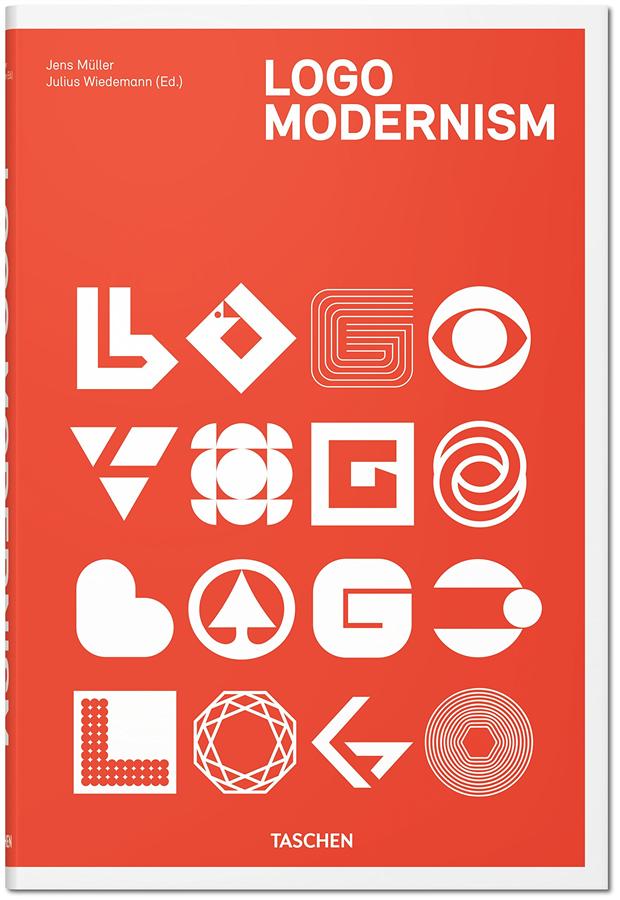內容簡介
內容簡介 前所未有的商標設計美學書,發現6000組商標設計的奧妙與玄機現代美學主義中,無論是建築、藝術、商品設計等領域,都面臨技術上的巨大進步與改變。但其實在平面設計上的精進與成長,早已大放異彩。由德國知名設計師Jens Müller編寫的這本作品,匯集6000組集中在1940年至1980年的商標設計作品,深入研究現代主義對於平面設計及企業商標的影響。從媒體到零售商,航空公司到美術館,將所匯集的商標分為三大類:幾何圖形、特效及印刷,每個章節在依照不同形式的設計風格,例如字母、重疊、圓點及矩形做分類。作者分享近代平面設計大師的商標作品,例如設計出IBM經典商標的Paul Rand,受到世界矚目的東京奧林匹克海報設計師龜倉雄策。還有許多知名的商標設計案例,Fiat汽車、大榮株式會社(The Daiei Inc.)及1968年的墨西哥奧林匹克等精彩傑作。Modernist aesthetics in architecture, art and product design are familiar to many of the creatively inclined. In soaring glass structures or minimalist canvases we recognize a time of vast technological advance which affirmed the power of human beings to reshape their environment and to break, radically, from the conventions or constraints of the past. Less well-known, but no less fascinating, is the distillation of Modernism in logo design. With the creation of clean visual concepts, graphic designers sought to move away from the mystique they identified with the commercial artist, and to counterbalance an increasingly complicated world with clarity. This unprecedented TASCHEN publication, authored by Jens Muller, brings together approximately 6,000 trademarks, focused on the period 1940-1980, to examine how Modernist attitudes and imperatives gave birth to corporate identity. Ranging from media outfits to retail giants, airlines to art galleries, this sweeping survey of the logo is organized into three design-orientated chapters: Geometric, Effect, and Typographic. Each chapter is then sub-divided into form and style led sections such as alphabet, overlay, dots and squares. Alongside this comprehensive catalog resource, the book features an introduction from Jens Muller on the history of logos, and an essay by R. Roger Remington on Modernism and Graphic Design. Eight designer profiles and eight instructive case studies are also included, with a detailed look at the life and work of such luminaries as Paul Rand, Yusaku Kamekura, and Anton Stankowski, and at such significant projects as Fiat, The Daiei, Inc., and the Mexico Olympic Games of 1968. An unrivalled, encylopedic resource for graphic designers, advertisers, and branding specialists, Logo Modernism is equally fascinating to anyone interested in social, cultural and corporate history, and in the sheer persuasive power of image and form.
